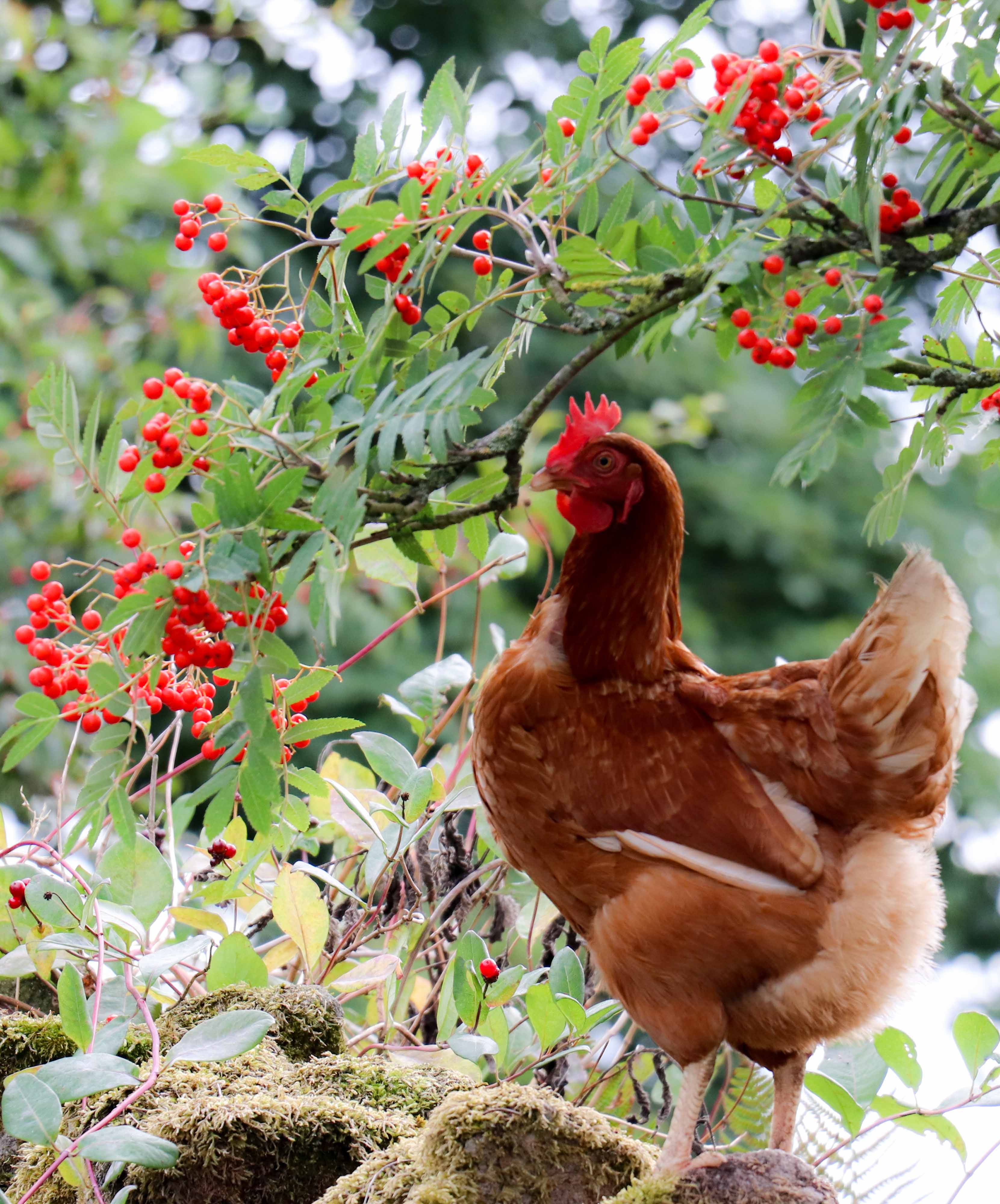We’ve had a lovely little family of pied wagtails nesting under the roof of the barn.
I’m not sure exactly home many chicks fledged, certainly at least one (and sadly one that didn’t make it). The parents certainly grafted, with the male endlessly on the move hunting for food.

The male was ringed, I’m not sure how common a thing that is, I got frustratingly close to working out the ring details, but not close enough.

I so enjoyed their industry and their chatter. I never managed to capture how the male would land on PV panels on the barn roof, give the dipping wag of its tail and slide elegantly down from the top to the bottom of the panel, it amused me for hours, I think he might have enjoyed it too.
When the chicks were hatched the female was hunting too. She got rich picking from the ants that were starting to fly, emerging from a hole in the wall under my office window.

This was just a couple of days before the true ‘flying ant day’ when a swarm emerged.
She just picked them off, there was no escape.

A flying feast.

The chick I did see, hung out in a willow tree, calling for yet more food, the parents both feeding and chasing off persistent predatory magpies.

Then it was quiet, the nest empty, and its residents off on the wing. I hope they will return next year, it’s the first time they nested with us. I like to think (hope) it is because of the changes we’ve made to how we mange both the field and the grass around the house and apple trees, we cut much less, and much later, and I think this is making a big improvement to the number of insect there are around.


















/arc-anglerfish-syd-prod-nzme.s3.amazonaws.com/public/U4TUGGNE25HDZGF5DHNNXP5UOM.jpg)





























